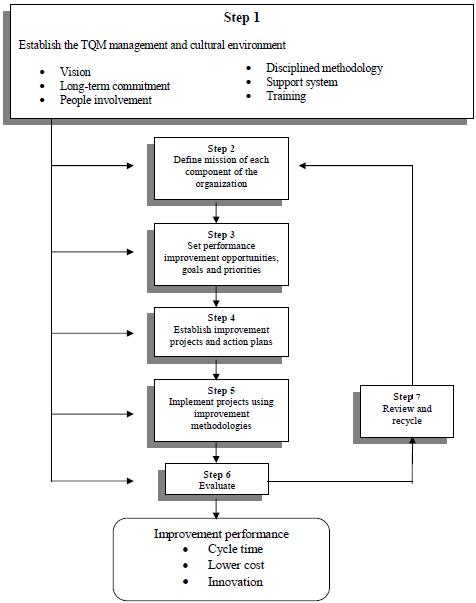In almost every organization, every employee is subjected to periodic appraisal of his/her performance. This is highly important if the organization’s human resource development objectives are to be realized, if the organization wants to make best use of its human resource available and if the organization wants to have a scientific and retinal compensation system. An effective performance appraisal system brings rationality in management. If an organization wants to maximize its effectiveness then the organization must have tool by which it can discriminate between an effective employee and not so effective employee. Today, appraisal is not something of a choice left to the wishes of the corporate bosses, nor it is a privilege to be enjoyed by few businesses conglomerates. Therefore, it is a must for every organization for its survival and growth. The appraisal practices are in somewhere structured and formally sanctioned and in other instances they are an Continue reading
Performance Management
Evolution of Performance Management
Traditionally, performance appraisal has been used as the guide for employee performance. Performance appraisal also known as ‘performance evaluation’, ‘merit rating’, and ‘performance assessment’ is a process of recording assessment of employees’ performance, potential and development needs. According to Wayne F Cascio (1995) performance appraisal is defined as “the systematic description of job related strengths and weaknesses of an individual or a group”. Performance appraisal is a system of review and evaluation of an individual’s (or team’s) performance. Lately it has been supplanted in more and more companies with performance management (PM), a more comprehensive human resource management process. Within the recent past there has been a shift from traditional annual performance appraisal to continuous performance management. The obvious reasons behind this have been the inadequacy of Performance appraisal in serving as a performance enhancement tool. Performance appraisal is known to be a contentious and unpopular activity of Human Resource Continue reading
DSMC/ATI Organizational Performance Improvement Model
Out of the organizational performance improvement planning process come specific performance improvement interventions, tactics and techniques. Note that these interventions happen at five checkpoints. Upstream systems, inputs, process, outputs and downstream systems. Quality management efforts must be defined relative to these five checkpoints. In effect, transformation and continuous improvement efforts are commitments to a practice of managing all five-quality checkpoints. The management team then develops, through the performance improvement planning process, a balanced attack to improve total system performance, not just system sub-components. After interventions are made to the system, measure, assess and analyze organizational performance at the five checkpoints to determine whether the expected impact actually occurred. Based on these data, make an evaluation relative to the business strategy, the environment (both internal and external), the vision, the plan and the improvement actions themselves. Note that the process of evaluation is separate from the process of measurement. In addition, Continue reading
Organizational Performance – Meaning, Definition and Measures
Managers are concerned with organizational performance–the accumulated end results of all the organization’s work processes and activities. It’s a complex but important concept, and managers need to understand the factors that contribute to high organizational performance. After all, they don’t want (or intend) to manage their way to mediocre performance. They want their organizations, work units, or work groups to achieve high levels of performance, no matter what mission, strategies, or goals are being pursued. Managers measure and control organizational performance because it leads to better asset management, to an increased ability to provide customer value, and to improved measures of organizational knowledge. In addition, measures of organizational performance do have an impact on an organization’s reputation. Managers at high-performing companies do–they manage the organizational assets in ways that exploit their value. Asset management is the process of acquiring, managing, renewing, and disposing of assets as needed, and of designing Continue reading
Performance Management – Definition, Principles, Features and Scope
Definition of Performance Management Performance management is a way of systematically managing people for innovation, goal focus, productivity and satisfaction. It is a goal congruent win- win strategy. Its main objective is to ensure success to all managees i.e., all task teams who believe in its process, its approach and implementation with sincerity and commitment. The managees success is reflected in organizations’ bottom line in terms of achieving its planned goals. Performance management is an endless spiral, which links several processes such as performance planning, managing performance throughout the year, taking stock of managees performance and potential. Also it includes recognizing and rewarding success at the end of the year. Performance management links these processes in such a way that an individual managees performance is always oriented towards achieving organizational goals. Performance management creates positive goal oriented task motivation and aims at reducing intra-organizational conflict. It is realized that organizations Continue reading



